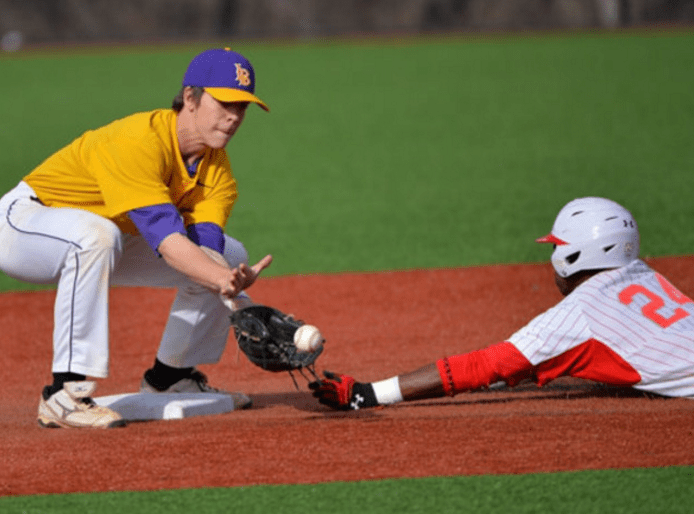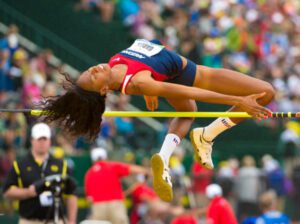Drill of the Week: Stealing Bases
Woo! That Hot Stove is blazin’ now and, before you know it, baseball will be up and running! At many high schools, baseball can start as early as February, so now is the perfect time to tune up and prepare for your most important set of tryouts yet. We’ve talked about hitting, pitching, and fielding before, so now we’re going to take a look at stealing bases. While they may not have as much immediate impact as a homerun or big-time strikeout, a stolen base can bring a team together, pump them up, and immediately get a runner into a scoring position or even closer to home.
In 2004 — do you remember David Ortiz’s homeruns or Dave Roberts’ stolen base? Chances are, you’ll remember both, but how big of an impact that one base still has on fans from Boston, even today! However, stealing bases is not easy and far more goes into it than just being fast. It’s an infinite game of cat-and-mouse, you’ll try to throw off the pitcher and he’ll try to keep you at bay. One small misstep and you’re likely toasted by any pickoff or good throw from the catcher. So, what can you do? We’ve got just the Training Center entry for you!
We’ve linked our special workout video on it in this link, but the full text can be found here. As always, here’s our favorite snippet:
For a right-hander, try studying his back foot, it can often be an indication of his intention towards the plate. Righties are inherently at a disadvantage because they must pitch with their back to first base and from the stretch once runners are on, if they don’t, base runners will steal on them all day. In order for a right-handed pitcher to attempt a pickoff, his right foot, the one touching the rubber, must move first. Once he pulls it off the rubber, he’s not longer announcing his intent to pitch and is able to do whatever he wants with the ball. Once his left foot leaves the ground, thus starting his motion towards the plate, he must continue it. Simply knowing this at all will give you a literal leg up over your pitching adversary.
As for left-handers, it gets a little more complicated. When heading home, a pitcher will dig in his back foot in order to pick up momentum and power with the front foot, so try to focus on the motions. Most lefties will give away their intention in one of two ways: if they lift the toes of their back foot up, they’re likely throwing over. But if they dig it in, they’re going home. Additionally, make sure you pay attention to the left-handed pitcher’s leg throughout the delivery. After picking up their leg, the front toe is often flexed and pointed down when delivering a pitch, but it may be relaxed when picking over to first. It may seem difficult, but experiencing it a few times will help you zone in and notice the tiniest of details.
As for a drill — try living through these in-game situations yourself with a coach or friend. The most important thing about stealing bases is to not just simply go off of instinct — so many athletes believe that if they’re fast enough, they’ll be safe. But, if you’re not watching their feet, head, hands, and properly sliding, you’ll be out more often than not.
Go ten times in a row against pitchers throwing from each side, diagnose the signs, take the appropriate lead, and make sure that you’re putting yourself in the best situation to succeed. Focus on making sharp, snappy reactionary first steps, while also getting back to the bag when a pickoff attempt comes! Don’t just practice running, either, as protecting your base is just as important — never, ever get picked off!
Best of luck with your training, go forth and make this your best year on the diamond yet.
How useful was this post?
Click on a star to rate it!
Average rating 0 / 5. Vote count: 0
No votes so far! Be the first to rate this post.



